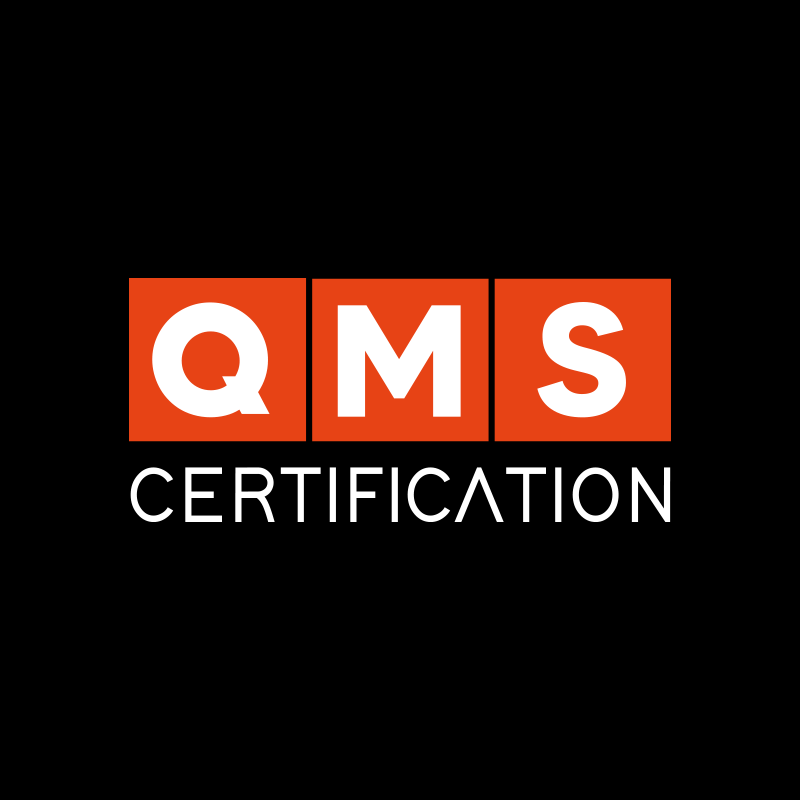Second, because these raw materials or inputs will most likely lead to rework in order to achieve conformity. This also generates waste, process issues, and slower operations. All of this translates into lower operating profits and greater difficulty in achieving sustainability.
Finally, but no less important, working with poor-quality items also negatively affects our employees. Lack of motivation, disengagement, and difficulties in carrying out tasks can become a constant in the company. This, of course, comes in addition to a probable lack of safety. Imagine, for example, poor-quality PPE that does not truly protect people.
That is why supplier management in ISO 9001 is taken very seriously! The standard provides several requirements on this subject. Today, we are going to talk about this, explaining how the standard addresses the topic and highlighting some of the items it covers. With that said, let’s get into the content.
What is Supplier Management in ISO 9001?
Basically, supplier management in ISO 9001 is a set of best practices that organizations can apply to ensure that the products, services, inputs, and raw materials they acquire meet the expected quality.
It is worth remembering that “quality” in this context means that purchases meet the expectations of the organization making them. In other words, the products or services acquired comply with the previously specified requirements, thereby contributing to the satisfaction of the end customer.
In addition, proper supplier management helps reduce risks, avoid rework, and ensure that processes are more efficient and effective. This reduces failures, errors, and even nonconformities that could result from external factors. It ensures much greater harmony within processes, as well as far better results at the end of any production cycle.
ISO 9001 does not use the term “suppliers”
Another important point to mention is that ISO 9001 does not use the word “supplier.” You will rarely find that term in the standard. Instead, ISO 9001 uses the term “external providers” to refer to companies that supply products and services.
This is simply a technical adjustment to bring more clarity to the standard. In practice, we can continue to use the term “suppliers” normally, but for those who are new to ISO 9001, this difference might cause some confusion.
For this reason, in this text we will continue to use the term “supplier management in ISO 9001,” but keep in mind that in the standard you will only find “external providers.”
ISO 9001 Requirements on Supplier Management
Supplier management is distributed throughout the standard and appears in several different sections. It can be found in requirement 7 (Support), in 9 (Performance Evaluation), and even in some of the annexes. However, its core lies in requirement 8.4 Control of externally provided processes, products, and services, since this requirement helps monitor what is defined in 7 (Support) and what must be evaluated in 9 (Performance Evaluation).
As the requirements are extensive, here is a didactic summary of what the standard establishes and what must be done to achieve conformity with a certifiable Quality Management System under ISO 9001:2015. In essence, ISO 9001 requires organizations to establish criteria for selecting, evaluating, monitoring, and re-evaluating their suppliers. This boils down to four basic aspects:
Establish clear purchasing requirements: First and foremost, it is necessary to define what needs to be purchased and the expectations regarding these purchases. This includes clear information such as technical specifications, deadlines, requirements, and criteria for conformity approval.
Evaluate and select suppliers based on pre-established criteria: It is essential to understand the capability of external providers to meet the quality criteria required by the organization. In simple terms, this means matching purchase requirements to supplier capability.
Monitor supplier performance: After the initial evaluation, you will already have a good understanding of how the supplier might perform. However, changes in context over time can affect deliveries. Therefore, it is necessary to continue verifying whether the external provider is meeting what was agreed upon: quality and conformity.
Take action in case of nonconformities: Even with prior evaluation and ongoing monitoring, there may be exceptional cases in which a supplier presents problems that negatively impact the quality of the final product or service. If this happens, proportional action must be taken to prevent recurrence and address the possible consequences of nonconformities.
The Strategic Importance of Supplier Management in ISO 9001
After everything we’ve discussed, it becomes clear that supplier management is much more than just a bureaucratic process — just like ISO 9001 itself. It is one of the pillars that sustain quality, efficiency, and credibility in any organization, as well as a key factor for profitability and business success.
Furthermore, when carried out consciously and aligned with ISO 9001 requirements, external provider management becomes a powerful tool to minimize risks, avoid waste, and ensure that the final product or service delivered to the customer meets expectations — thus ensuring satisfaction!
In addition, carefully selecting suppliers also means investing in the safety and engagement of employees, thereby strengthening the entire value chain. That is why adopting the best management practices outlined in the standard is essential for any organization seeking to grow in a sustainable, competitive way, while also gaining market trust.
In summary, supplier management in ISO 9001 is not just a normative requirement, but a strategic art! When well aligned, it transforms partners into allies and problems into opportunities for continuous improvement. So, are you taking good care of your suppliers?










